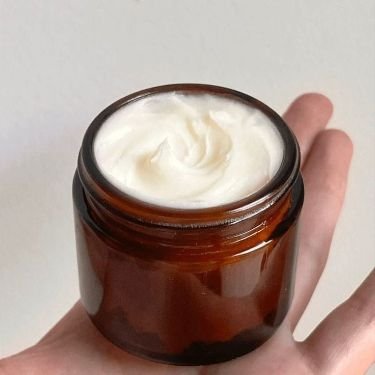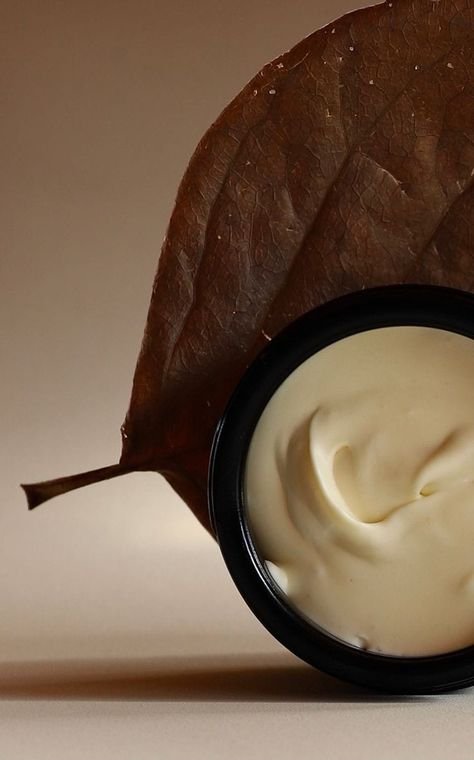Tallow has been an essential fat used throughout history for various purposes, including cooking, skincare, and industrial applications. Derived from rendered animal fat, tallow has played a crucial role in traditional societies due to its long shelf life and versatile nature. From ancient civilizations to modern uses, tallow remains an important ingredient in many products.
Table of Contents
Tallow and Its Nutritional Benefits
One of the primary uses of tallow is in cooking. It is a highly stable fat with a high smoke point, making it ideal for frying and baking. Tallow is rich in essential fatty acids, including conjugated linoleic acid (CLA), which is known for its potential health benefits. Unlike processed vegetable oils, tallow does not contain harmful trans fats and is considered a healthier alternative for cooking.
Tallow in Skincare and Beauty Products

For centuries, people have used tallow in skincare due to its moisturizing properties. The composition of tallow closely resembles human skin lipids, making it an excellent natural moisturizer. Many traditional and modern skincare products include tallow as a base ingredient in lotions, balms, and soaps. It helps in soothing dry and irritated skin while providing essential nutrients to maintain skin elasticity.
Tallow and Its Role in Candle and Soap Making
Before the widespread use of paraffin wax, tallow was the primary ingredient in candle making. Tallow candles were used extensively in homes and churches due to their slow-burning properties. Similarly, tallow has been a significant ingredient in soap making. Traditional soap makers value tallow for its ability to create a hard, long-lasting soap that lathers well and cleans effectively.
Tallow in the Modern Food Industry
Despite its historical significance, tallow is still widely used in the modern food industry. Many fast-food chains use tallow for deep frying due to its stable nature and ability to enhance the flavor of foods. Additionally, tallow is an ingredient in many processed foods, including meat pies and pastries, where it adds richness and depth of flavor.
Tallow in Industrial Applications
Beyond food and skincare, tallow has various industrial applications. It is used in the production of biofuels, lubricants, and even leather conditioners. Tallow-based biofuels are considered a sustainable alternative to petroleum-based fuels, making them an environmentally friendly option. The lubricating properties of tallow also make it a valuable ingredient in industrial greases and machinery oils.
Tallow and Its Sustainability Benefits
With the increasing focus on sustainability, tallow has gained attention as an eco-friendly alternative to synthetic products. Since tallow is derived from animal fat, it is a byproduct of the meat industry, reducing waste. Utilizing tallow in various applications ensures that animal resources are used efficiently, contributing to a more sustainable economy.
Tallow in Traditional Medicine
In many cultures, tallow has been used in traditional medicine to treat wounds, burns, and skin infections. The antimicrobial properties of tallow make it effective in preventing infections while promoting healing. Many herbal ointments and salves incorporate tallow as a base ingredient due to its skin-nourishing properties.
How to Render Tallow at Home

For those interested in making their own tallow, the rendering process is relatively simple. Start by obtaining high-quality animal fat, preferably from grass-fed sources. Cut the fat into small pieces and heat it slowly in a pot until the liquid fat separates from the solids. Once the fat has fully melted, strain it through a fine mesh or cheesecloth to remove any impurities. The resulting tallow can be stored in jars and used for cooking, skincare, or other applications.
Tallow as a Natural Alternative to Synthetic Products
As consumers become more conscious of the ingredients in their products, tallow is making a comeback as a natural alternative to synthetic chemicals. Many commercial skincare and food products contain artificial preservatives and additives, which can be harmful in the long run. Using tallow-based products ensures a more natural approach to health and wellness.
Tallow in Animal Feed and Agriculture
Farmers have long used tallow as an ingredient in animal feed. It provides a high-energy source for livestock, promoting better growth and health. Additionally, tallow is used in the production of fertilizers and soil conditioners, contributing to sustainable agricultural practices.
Tallow and Its Economic Impact
The tallow industry plays a significant role in the economy, particularly in meat-processing sectors. Many businesses depend on tallow production for manufacturing soaps, candles, and industrial lubricants. With the rise of sustainable and eco-friendly products, the demand for tallow-based goods continues to grow, benefiting both consumers and manufacturers.
Potential Concerns About Tallow
Despite its many benefits, some individuals may have concerns about tallow consumption and use. Since tallow is derived from animal fat, it is not suitable for vegetarians and vegans. Additionally, excessive consumption of tallow in the diet may contribute to high cholesterol levels if not balanced with a healthy lifestyle. However, when used in moderation, tallow can be a nutritious and beneficial fat.
Also read Christopher Scarver The Man Behind the Infamous Prison Incident
Conclusion: The Versatility of Tallow
Tallow has been an integral part of human history, providing nourishment, skincare benefits, and industrial applications. Whether used for cooking, soap making, or as an eco-friendly fuel alternative, tallow continues to be a valuable resource. As people seek more natural and sustainable options, tallow remains a timeless and versatile ingredient that meets a wide range of needs.


